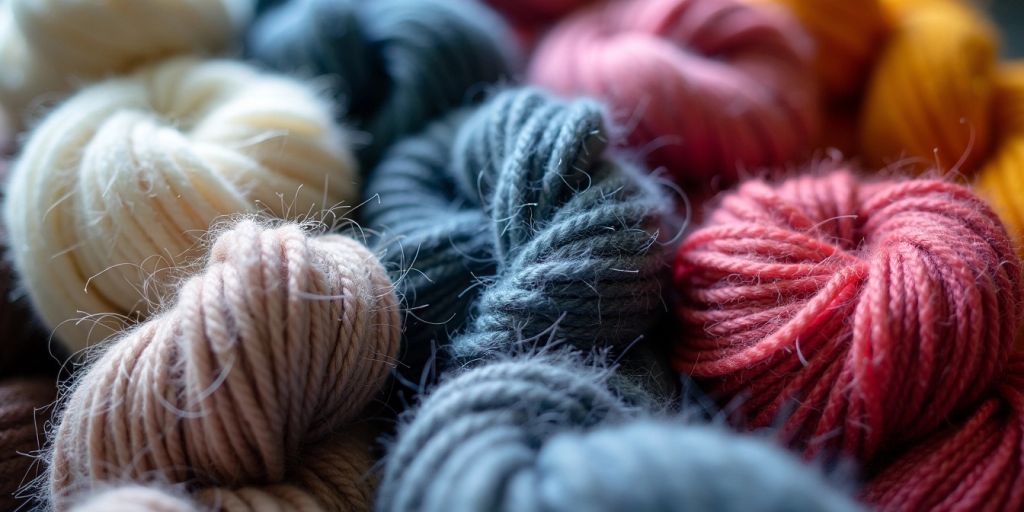Discover the Appeal of Cashmere an All-natural Fiber: Why It's a Must-Have in Your Wardrobe
The appeal of cashmere, a luxury all-natural fiber, transcends plain looks. Originating from the Kashmir region, this lightweight yet long lasting material has woven its means into high-end style because of its special residential or commercial properties and functional allure. From discussing its intriguing beginning to comprehending its production top quality, procedure, and treatment, it deserves exploring why cashmere holds such a special location in the world of textiles. Discover the sophistication and substance of this fiber as we start an expedition of its appeal.

The Beginning and History of Cashmere: A Short Overview
While lots of might view cashmere as an easy high-end, its history is steeped in rich cultural tradition. Stemming from the Kashmir area in India, cashmere wool has been created for countless years. The fiber is acquired from the soft undercoat of cashmere goats, gathered throughout their molting period. As a precious commodity, it was traded along the Silk Road, coming to be highly valued in Europe in the 18th century. The name 'cashmere' is an old English derivation of Kashmir. Despite its worldwide popularity, the majority of cashmere production still remains in Asia, particularly China and Mongolia. This historic journey highlights the social significance of cashmere, changing it from a regional specialty to a global deluxe.
Comprehending the Unique Residences of Cashmere Fiber
While other products might use down over time, cashmere keeps its high quality, ensuring durable wear. Cashmere possesses a special visual charm. Recognizing these buildings clears up why cashmere is not simply a high-end, however a worthwhile investment for any type of wardrobe.

The Process of Producing Cashmere: From Goat to Garment
To value the glamorous buildings of cashmere totally, one have to understand its trip from the raw fiber to the ended up item. The procedure begins with the cashmere goats, mainly located in Mongolia, China, and Iran. The soft undercoat of these goats, harvested throughout their all-natural molting season in spring, gives the raw material. This fragile fiber is after that carefully separated from the coarser outer hair in a labor-intensive process known as dehairing. The pure cashmere is after that colored, spun right into yarn, and finally knitted or woven right into the desired garments. Each action is thoroughly implemented to protect cashmere's notable heat, soft qualities, and sturdiness. This elaborate procedure leads to the production of an absolutely lavish material.

Deciphering the Top Quality and Rate: Why Is Cashmere so Expensive?
Cashmere originates from the fine undercoat of great post to read the cashmere goat, with each goat producing a mere 150 grams annually. The handling of raw cashmere calls for both time and know-how, with the fibers requiring to be meticulously sorted, cleaned, and spun. These elements incorporated make cashmere a pricy yet very popular commodity in the world of style.
Cashmere in vogue: The Adaptability and Classic Allure
Despite its high price, the ageless allure and versatility of cashmere have solidified its area in the realm of style. The fiber's special texture, identified by its soft qualities and warmth, has actually come to be synonymous with deluxe and comfort. Its adaptability extends past seasonal fads, making it a closet essential in different types, from stylish sweaters to stylish headscarfs. The functional nature of cashmere enables its assimilation into both official and laid-back outfit, symbolizing its wide appeal. The textile's enduring appeal over the years confirms to its timeless charm. As patterns reoccured, cashmere continues to be a continuous, its attraction undiminished, continuing to motivate and form the fashion market's landscape.
Taking Care Of Your Cashmere: Upkeep and Conservation Tips
Making sure the longevity of cashmere garments needs specific treatment and attention. These treasured ownerships must not be thrown right into the washing device with routine washing. Instead, hand washing with mild, pH-neutral soap in warm water is advised. After washing, they need to not be wrung out. Instead, they should be gently pressed in between towels to take in excess water, after that laid level to dry. Regular brushing with a cashmere comb can protect against pilling. Keeping these items in a great, dry place, preferably in a breathable bag, can shield them from moths and humidity (is cashmere a natural fiber). A periodic airing outside, away from direct sunshine, can rejuvenate the fibers. With these maintenance and preservation tips, one can ensure their cashmere remains luxuriously soft and sturdy. read this
Conclusion
Cashmere, with its unequaled softness and heat, supplies both deluxe and longevity. Discover the attraction of cashmere and boost your style collection.

Comments on “How is cashmere Fibre Produced and Why Is It So Desired?”